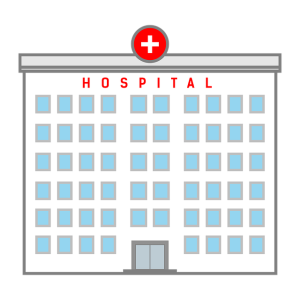CoolSculpting treatments offer a safe, non-invasive body contouring solution using cold therapy to freeze and eliminate stubborn fat cells. Ideal for targeted reduction of localized fat deposits, particularly on the abdomen, love handles, and outer thighs, without surgery or extensive downtime. Results vary based on severity of abdominal fat and metabolic rate, with optimal outcomes achieved through a series of treatments combined with regular exercise and diet. Approved by the FDA, these procedures are performed by specialized healthcare providers with follow-up appointments to ensure positive results and address any concerns. Preserving CoolSculpting benefits requires ongoing self-care including exercise, diet, and scheduled professional check-ins.
Looking for a non-invasive way to trim your midsection? CoolSculpting treatments have emerged as a popular and effective solution for abdominal fat reduction. This innovative technology uses targeted cooling to destroy fat cells, offering a safe and efficient alternative to surgical procedures. In this comprehensive guide, we’ll explore the science behind CoolSculpting, its numerous benefits, who’s a good candidate, what to expect during treatment, potential side effects, and long-term results.
Understanding CoolSculpting Treatments for Abdomen: A Non-Invasive Approach
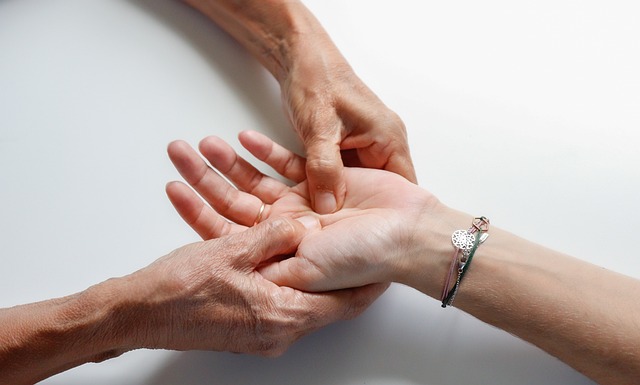
How CoolSculpting Works: Targeted Fat Cell Destruction
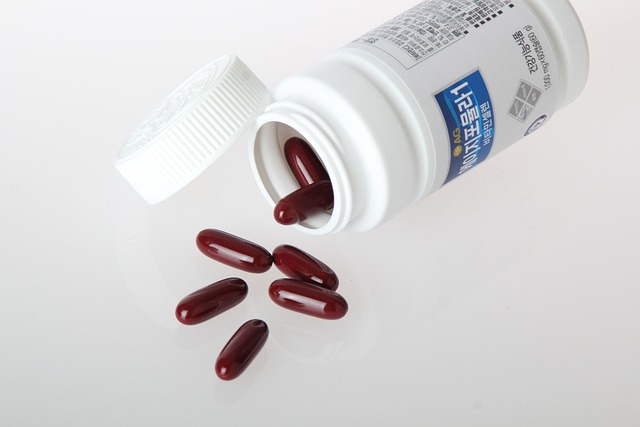
CoolSculpting treatments work by using controlled cooling technology to target and destroy fat cells in specific areas of the body. This non-invasive procedure is designed to eliminate stubborn fat without surgery or anesthesia. During a CoolSculpting session, a gel pad is placed on the treatment area, which then cools the skin and underlying fat to temperatures as low as -5°C. This controlled cold exposure causes fat cells to crystallize and break down, leading to their permanent destruction.
As the cooled gel pad does its work, it literally freezes and kills the targeted fat cells. Over time, these dead cells are naturally processed and eliminated from the body by the lymphatic system. The result is a noticeable reduction in fat in the treated area(s), providing a more contoured and sculpted appearance. CoolSculpting treatments are known for their convenience as well—they can be done during a lunch break and there’s typically minimal downtime afterward.
Benefits of CoolSculpting for Abdominal Fat Reduction

CoolSculpting treatments offer a non-invasive and effective solution for abdominal fat reduction, appealing to those seeking a targeted approach to weight loss. This innovative procedure leverages advanced technology to freeze and eliminate stubborn fat cells in the abdomen area. By cooling the fat to temperatures below zero, CoolSculpting causes the cell membranes to break down, leading to their destruction and subsequent removal from the body by natural processes.
One of the key benefits is its ability to reduce both outer and inner abdominal fat, achieving a more contoured midsection. This method provides long-lasting results, as treated areas tend to remain slimmed down over time. Additionally, CoolSculpting is generally well-tolerated with minimal downtime, allowing individuals to resume their normal activities soon after the procedure. It’s an excellent choice for those looking to enhance their physique and boost their confidence without the need for surgery or extensive recovery periods.
Candidate Selection: Who is a Good Fit for CoolSculpting?

CoolSculpting treatments are most effective for individuals with localized fat deposits who maintain a healthy weight overall. Ideal candidates typically have treatable areas like the abdomen, love handles, or outer thighs. While CoolSculpting isn’t a weight-loss solution, it’s an excellent option for those looking to reduce stubborn fat in specific zones that resist diet and exercise.
The Procedure: What to Expect During and After the Treatment
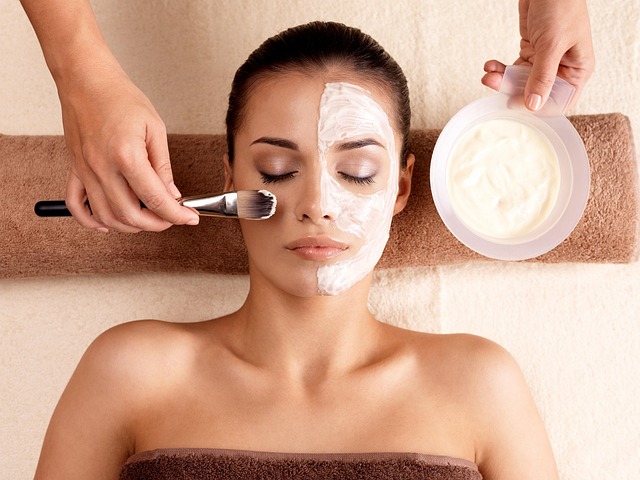
During a CoolSculpting treatment for the abdomen, a specialist applies a gel pad to the targeted area, which is then cooled to precise temperatures using external applicators. This process freezes fat cells while leaving nearby tissues unharmed. The treated area may feel numb and experience mild discomfort during and immediately after the procedure, but this typically subsides quickly. Patients can return to their normal activities soon afterward, though some mild swelling or bruising might occur.
After the treatment, your body begins to process and eliminate the frozen fat cells over the following weeks. Results usually become noticeable within a few months as your body reshapes. A series of CoolSculpting treatments may be recommended for optimal results, as it depends on the severity of the abdominal fat and individual metabolic rates. Regular exercise and a balanced diet complement the procedure for long-lasting outcomes.
Safety and Side Effects: Addressing Common Concerns
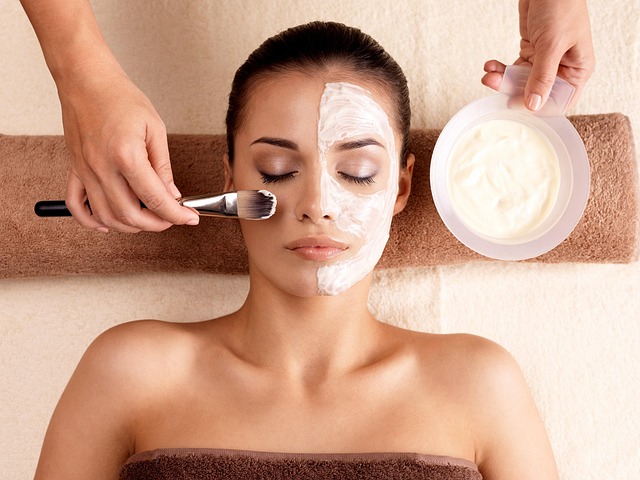
CoolSculpting treatments for the abdomen have established themselves as a safe and effective option for those seeking fat reduction. However, like any medical procedure, it’s natural to have concerns about potential side effects. One of the most frequent queries revolves around safety—is CoolSculpting really as harmless as advertised?
The good news is that CoolSculpting has an excellent safety profile. It’s approved by the FDA and clinical trials have shown minimal, temporary side effects, including mild discomfort, swelling, bruising, and numbness at the treatment site. These typically subside within a few days. More severe reactions are rare, and professional healthcare providers who specialize in CoolSculpting procedures ensure that patients are well-informed about what to expect during and after treatments. Regular follow-up appointments help address any concerns and confirm optimal results.
Maintenance and Results: Long-Term Effectiveness and Follow-Up Care
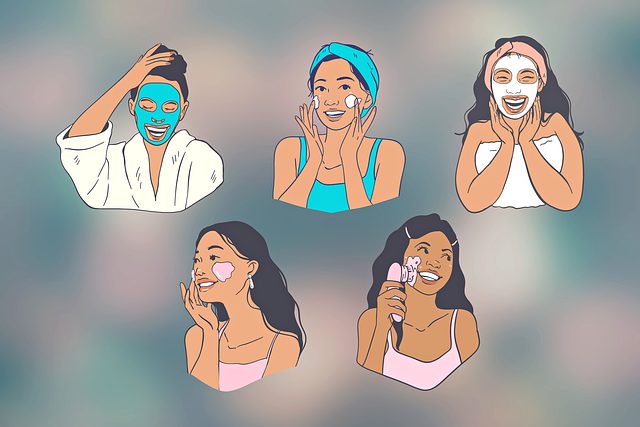
After a series of CoolSculpting treatments, maintaining results requires consistent care and lifestyle adjustments. Regular exercise and a balanced diet are essential to keep the treated areas toned and prevent any regrowth of fat cells. Many patients notice long-lasting results, with some even reporting significant improvements up to two years post-treatment.
Follow-up care is crucial for optimal outcomes. During scheduled check-ins, professionals can assess progress, address any concerns, and offer guidance on sustaining results. Additionally, these appointments allow for early detection of any changes in the treated area, ensuring prompt action if necessary.
